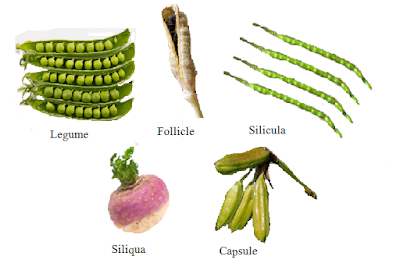Plants
Plants have a great deal of diversity.It is estimated that there are more than 390,000 plants species which are described.Discovery of plants are increasing day by day. Systematic of plants needs some organizational framework.Plants systematics provide his system of organization. It is fourm which provide knowledge about plants.
Plants varieties different varieties of plants are present in all over the world like angiosperms,gymnosperms. Angiosperms are flowering plants. their seeds are covered by fruits. Their fertile leaves bear ovules. The fertile leaves are folded and joined to form ovaries. the ovary is changed in to fruit after fertilization. There are more than 23,500 species of angiosperms.Angiosperms are metamorphic plant.these are most successful plants of the earth . These plants produce flower fruit and seeds. Gymnosperms are one of the most successful groups of seeds plants. They have world wide distribution. the term gymnosperms mean naked seeds. The ovules in these plants are not enclosed. the ovules are borne on the exposed surface of fertile leaves.the gymnosperms are hetrospours plants.they show regular hetromorphic alternation of generation.
Parts Of Plants
Plants is divide in to to part
(1) Root
(2)Shoot
Root is cylindrical plant organ without chlorophyll,growing toward gravity.Root is present under land.It absorb water for plant.Roots has different forms.
Tap Root, Adventitious Roots are those roots which are present in plants.tap root are directly arised from seed.The roots arised from the stem or sometime leaves are called adventitious roots.
The first root which is formed by elongation of radicle is called primary tap root.It give rise to secondary and tertiary roots.The deep feeder plants have long net work of tap root system . The surface feeder have short tap root.Tap roots has some types.These types are.Fibrous tap root The long slender tap root with slender branches is called fibrous tap root.In some leguminous plants it form nodules.Tuberous tap roots the thick or swollen tap roots with reserve food are called tuberous tap root These roots are present in carrot,turnip,reddish etc.they store food which is used un second season.
Adventitious roots have different forms. underground adventitious roots these roots arise from some part of stem which is contact with soil.They may be tuberous or fibrous.Example grasses,potato,asparagus. Partly subterranean adventitious roots are swollen fleshy roots.These roots may be slit roots and aerating roots. Example bamboo,cane,banyan,rubber tree.Aerial roots are entirely exposed in air. These roots perform special functions . These are two types climbing roots and absorbing roots.parasitic roots are developed in parasitic plants like Cuscuta. Stem develop these roots for absorption of food from host. Aquatic roots, these roots, are developed in water plants.These roots form stem and spread in water. Example Hydrilla.
Function of roots
Root play very important role for plant.It provide sport to the plant.Some other function of root is given below.
* Roots anchor the plant to the soil They absorb water and minerals for plants
* They store reserve food.roots of turnip radish and carrot are used for storing of food.
* Some roots are used for clinging. Ex props and haustoria .
* Some roots are used for vegetative growth.
the roots of leguminous plants develop nodules. Bactria lie in these nodules. they fix the atmospheric nitrogen and increase the fertility of soil.





























